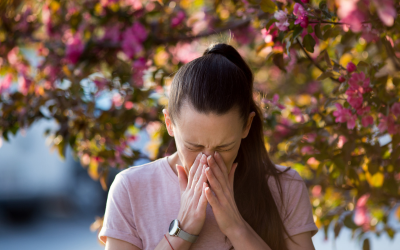Top 10 Do’s and Don’ts for Springtime Allergies
Spring is in the air! And pollen, too—which for many means increased sniffling, sneezing and itchiness. But you don’t have to resign yourself to weeks of congested misery. There are ways to prevent symptoms and still enjoy the season. Asra Mazhar, DO, with Overlake Clinics Downtown Bellevue Primary Care, shares her Top 10 do's and don'ts for springtime allergy sufferers.
Top 10 do’s and don’ts for managing allergies this spring:

- DO plan ahead. If you know your allergy symptoms started in May last year, set a reminder for yourself in April to avoid pollen, mold and any other triggers.
- DO wear a dust mask during yard work (even if pollen and mold counts are low).
- DO shower when you come inside after being outdoors. It’s important to rinse the pollen off your hair and body.
- DO use a dehumidifier. Ideally, indoor humidity should stay below 50 percent.
- DO prevent mold in your house by using an exhaust fan in areas like the basement, bathroom and kitchen.
- DON’T ignore the weather. Check local pollen and mold counts every day. Limit the amount of time you spend outside when counts are high. Typically, pollen is worse in hot, dry, windy weather. Mold counts, on the other hand, can be high when it’s dry or humid.
- DON’T slack on bathroom and kitchen upkeep. Clean moist areas to help reduce moisture in the house and manage your allergies.
- DON’T open the windows at home and in your car. As much as you might want to enjoy the warmer weather, it’s not worth the risk of having an allergic reaction.
- DON’T forget to clean or replace the air filters in your house. Be sure to periodically check air conditioners and other ventilation systems.
- DON’T try to tough it out. If none of these tips help you find allergy relief, talk with your healthcare provider. Primary Care providers can offer recommendations to help with persistent allergies and prescribe treatments, such as antihistamines (allergy medicines), to relieve your allergy symptoms.









